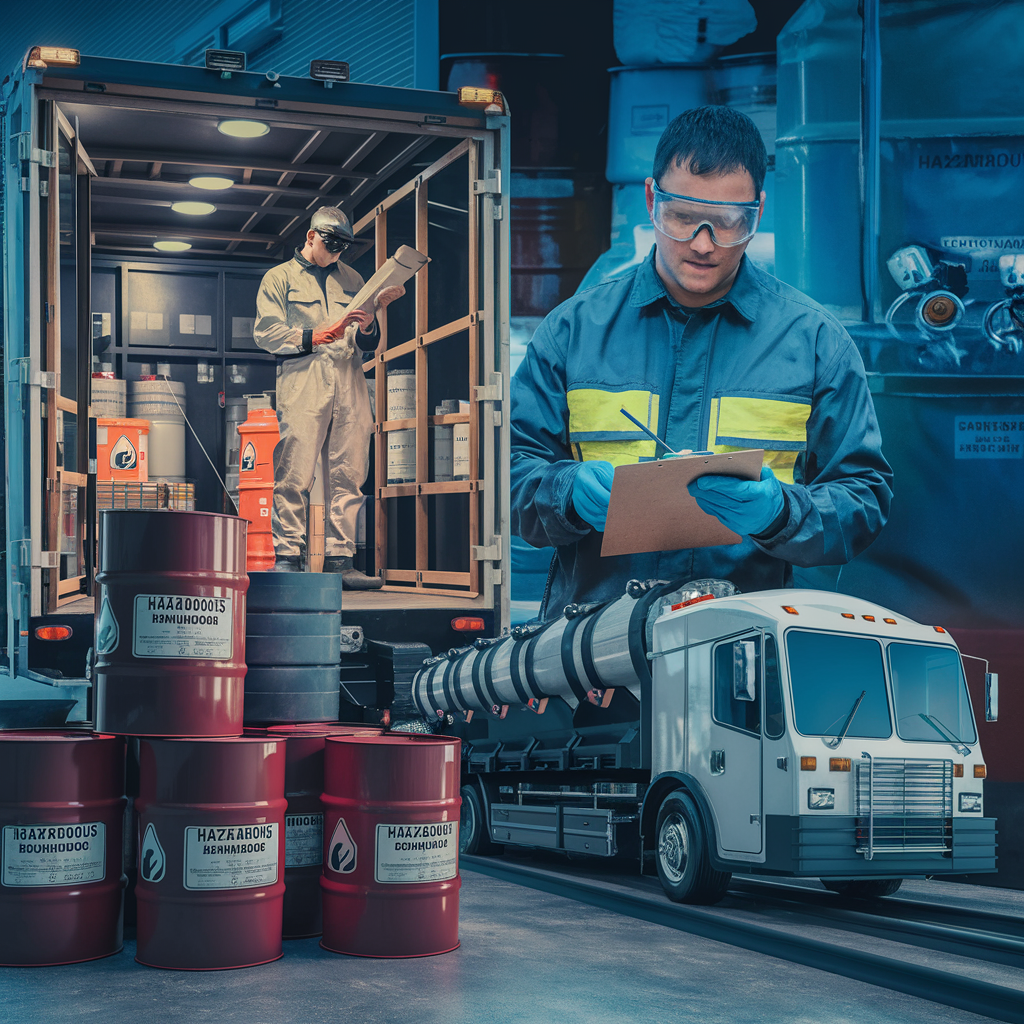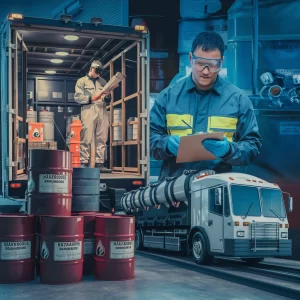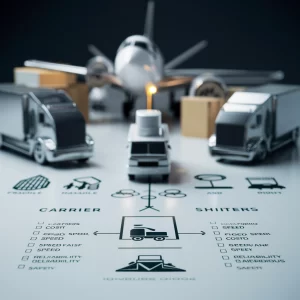
Shipping Hazardous Materials Safely
Shipping hazardous materials can feel like juggling chainsaws, and that can be quite challenging. It’s a task that requires precision and attention to detail. But don’t worry; we’re here to make it as painless as possible. Let’s explore the fundamental aspects of safely shipping hazardous materials.
Understand the Regulations
First things first: know the rules. Shipping hazardous materials isn’t like sending a birthday card. There are strict regulations to follow. The Department of Transportation (DOT) and the International Air Transport Association (IATA) have guidelines you must adhere to. Familiarize yourself with these regulations. They cover everything from packaging to labeling.
Proper Classification
You can’t just guess what class your materials fall under. Hazardous materials are divided into classes, each with its own set of rules. For example, flammable liquids, explosives, and corrosives each have specific requirements. Ensure you classify your materials correctly. Misclassification can lead to fines or, worse, accidents.
Packaging Matters
Think of packaging as the superhero costume for your hazardous materials. It needs to be solid and appropriate for the content. Use materials that can withstand rough handling. Double-check that the packaging is leak-proof and secure. This is not the time to skimp on quality.
Labeling and Documentation
Labels are like the GPS for your package. They tell everyone handling it what’s inside and how to deal with it. Make sure your labels are clear and comply with regulatory standards. Documentation is equally important. Keep records of what you’re shipping, how it’s packed, and the safety measures taken.
Training is Key
Your team needs to know its stuff, and proper training is crucial. Everyone involved in the shipping process should be trained on handling hazardous materials. This includes recognizing hazards, using protective equipment, and following emergency procedures. Regular training sessions keep everyone sharp and up-to-date.
Emergency Preparedness
Hope for the best, prepare for the worst. Have an emergency plan in place. This includes having spill kits and knowing the steps to take if something goes wrong. Quick and effective responses can prevent minor mishaps from becoming major disasters.
Choose the Right Carrier
Not all shipping companies are created equal. Some are better equipped to handle hazardous materials. Do your research and choose a carrier with experience in hazardous material shipping. It’s worth it to pay a bit more for peace of mind.
Monitor and Review
Once your shipment is on its way, keep an eye on it. Monitoring the shipment helps ensure it reaches its destination safely. Review your shipping practices regularly. Look for ways to improve and make the process even safer.
Common Mistakes to Avoid
- Ignoring Regulations: This can lead to fines and accidents. Always stay updated on the latest rules.
- Improper Packaging: Weak packaging can result in leaks or spills. Invest in quality materials.
- Inadequate Training: Untrained staff can make costly mistakes. Regular training is essential.
- Poor Documentation: Incomplete paperwork can cause delays and fines. Double-check all documents.
Final Thoughts
Shipping hazardous materials doesn’t have to be a headache. With the proper knowledge and preparation, you can ensure safe and compliant shipments. Follow these steps, stay informed, and always prioritize safety. Remember, it’s better to be safe than sorry. Now, go out there and ship those materials like a pro!
For further details, visit The American Truck Inc.
To schedule appointments, contact us for a complimentary consultancy session.






